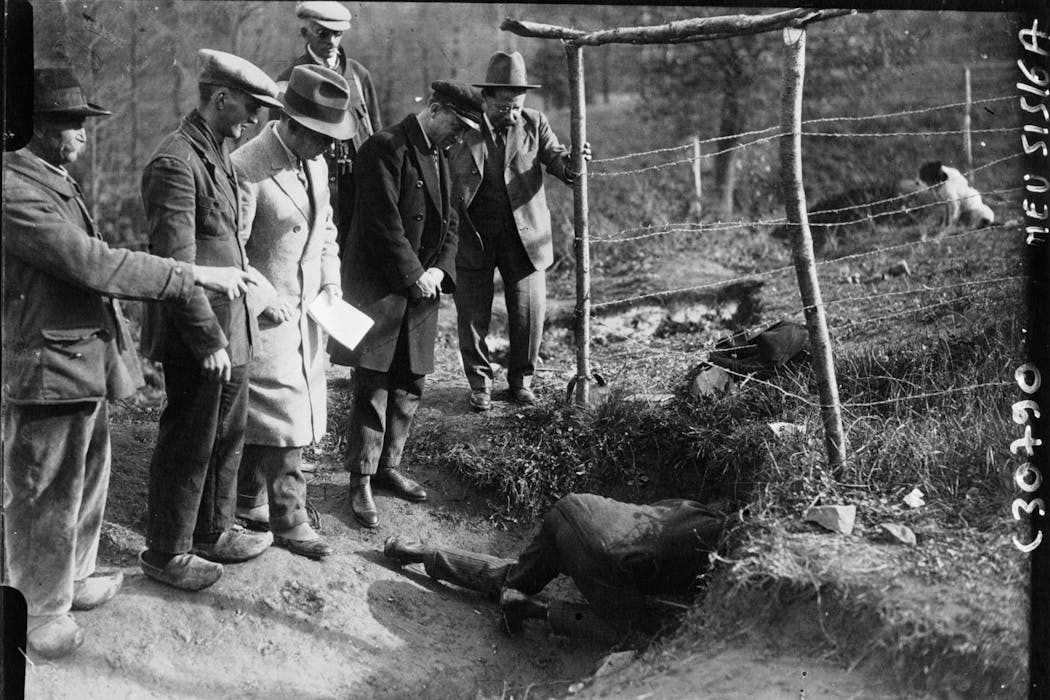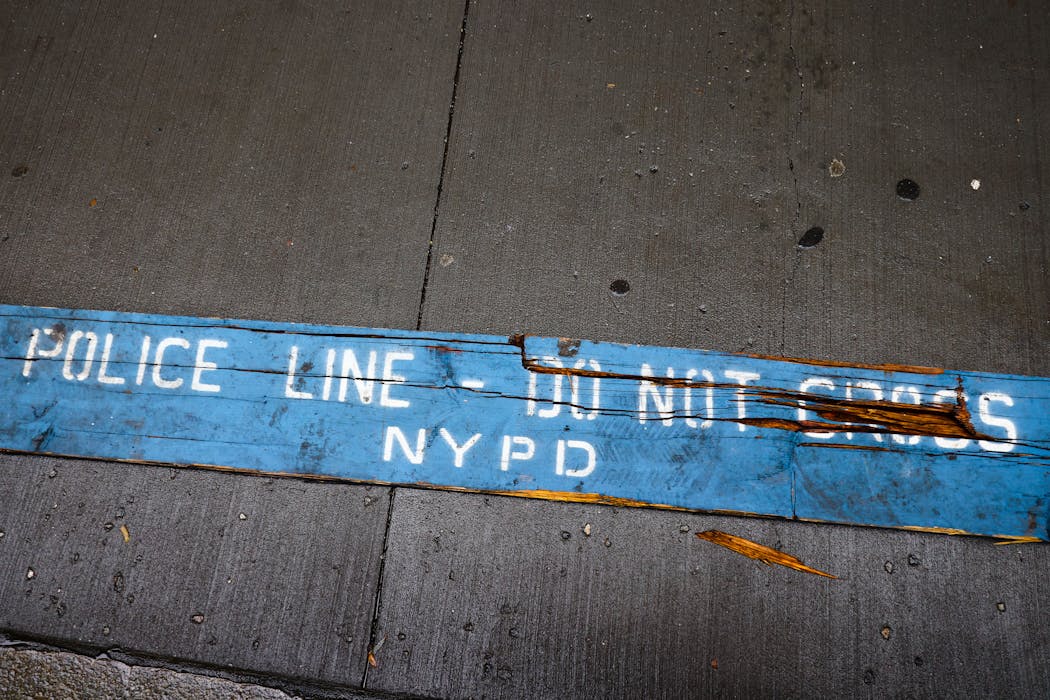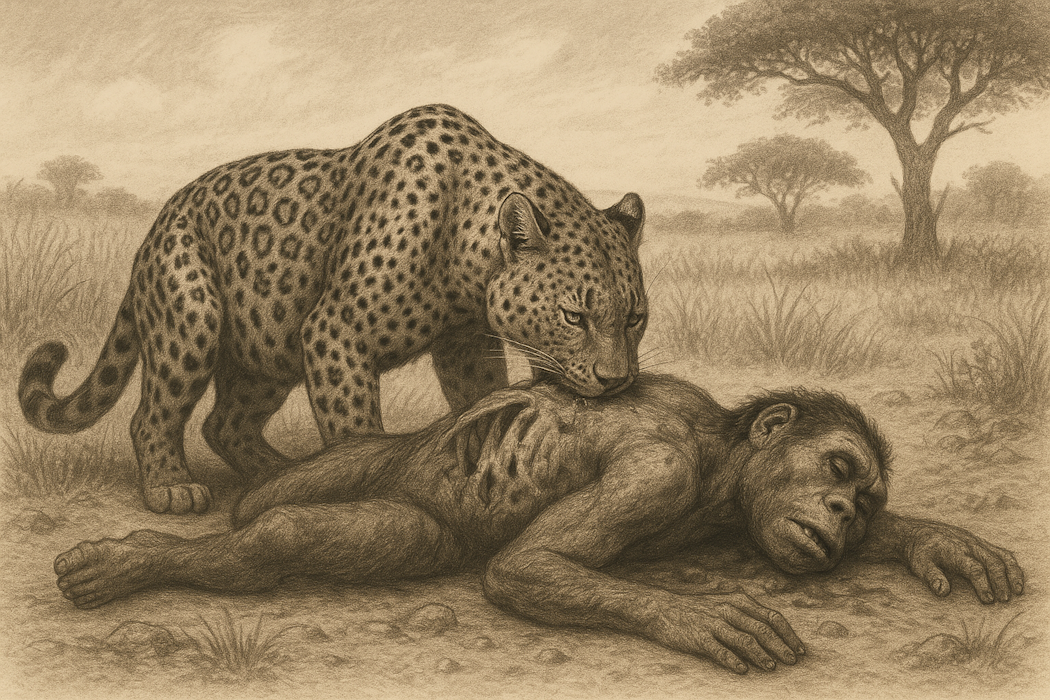All eyes were on a commission of professional archaeologists when they visited Glozel. Agence Meurisse/BnF GallicaIn early November 1927, the front pages of newspapers all over France featured photographs not of the usual politicians, aviators or sporting events, but of a group of archaeologists engaged in excavation. The slow, painstaking work of archaeology was rarely headline news. But this was no ordinary dig. A front-page spread in the Excelsior newspaper from Nov. 8, 1927, features archaeologists at work in the field with the headline ‘What the learned commission found at the Glozel excavations.’ Excelsior/BnF Gallica The archaeologists pictured were members of an international team assembled to assess the authenticity of a remarkable site in France’s Auvergne region. Three years before, farmers plowing their land at a place called Glozel had come across what seemed to be a prehistoric tomb. Excavations by Antonin Morlet, an amateur archaeologist from Vichy, the nearest town of any size, yielded all kinds of unexpected objects. Morlet began publishing the finds in late 1925, immediately producing lively debate and controversy. Certain characteristics of the site placed it in the Neolithic era, approximately 10,000 B.C.E. But Morlet also unearthed artifact types thought to have been invented thousands of years later, notably pottery and, most surprisingly, tablets or bricks with what looked like alphabetic characters. Some scholars cried foul, including experts on the inscriptions of the Phoenicians, the people thought to have invented the Western alphabet no earlier than 2000 B.C.E. Was Glozel a stunning find with the capacity to rewrite prehistory? Or was it an elaborate hoax? By late 1927, the dispute over Glozel’s authenticity had become so strident that an outside investigation seemed warranted. The Glozel affair now amounts to little more than a footnote in the history of French archaeology. As a historian, I first came across descriptions of it in some histories of French archaeology. With a bit of investigating, it wasn’t hard to find first-person accounts of the affair. Examples of the kinds of inscriptions found at the Glozel site, as recorded by scholar Salomon Reinach. 'Éphémérides de Glozel'/Wikimedia Commons But it was only when I began studying the private papers of one of the leading contemporary skeptics of Glozel, an archaeologist and expert on Phoenician writing named René Dussaud, that I realized the magnitude and intensity of this controversy. After publishing a short book showing that the so-called Glozel alphabet was a mishmash of previously known early alphabetic writing, in October 1927 Dussaud took out a subscription to a clipping service to track mentions of the Glozel affair; in four months he received over 1,500 clippings, in 10 languages. The Dussaud clippings became the basis for the account of Glozel in my recent book, “Sensations.” That the contours of the affair first became clear to me in a pile of yellowed newspaper clippings is appropriate, because Glozel embodies a complex relationship between science and the media that persists today. The newspaper Le Matin, which vigorously promoted Glozel’s authenticity, even sponsored its own dig near the site, led by a journalist. Le Matin/BnF Gallica Serious scientists in the trenches The international commission’s front-page visit to Glozel marked a watershed in the controversy, even if it did not resolve it entirely. In a painstaking report published in the scholarly Revue anthropologique just before Christmas 1927, the commission recounted the several days of digging it conducted, provided detailed plans of the site, described the objects it unearthed and carefully explained its conclusion that the site was “not ancient.” Recovered objects displayed in the Fradins’ museum in 1927. Agence de presse Meurisse/Wikimedia Commons The report emphasized the importance of proper archaeological method. Early on, the commissioners noted that they were “experienced diggers, all with past fieldwork to their credit,” in different chronological subfields of archaeology. In contrast, they noted that the Glozel site showed clear signs of a lack of order and method. In their initial meeting in Vichy, the assembled archaeologists agreed that they would give no interviews during their visit to Glozel and would not speak to the press afterward. But, aware of “certain tendentious articles published by a few newspapers,” the visitors issued a communiqué stating that they would neither confirm nor deny any press reports. Their scholarly publication would be their final word on the “non-ancientness” of the site. The distinction between true science – what the archaeologists were practicing – and the media seemed absolute. Sensationalist coverage, but careful details, too And yet matters were not so simple. Many newspapers devoted extensive and careful coverage to Glozel. They offered explanations of archaeological terminology. They explained the larger stakes of the controversy, which, beyond the invention of the alphabet, involved nothing less than the direction of the development of Western civilization itself, whether from Mesopotamia in the east to Europe in the west or the reverse. Even articles about seemingly trivial matters, such as the work clothes the archaeologists donned to perform their test excavations at Glozel, served to reinforce the larger point the commissioners made in their report. In contrast to the proper suits and ties they wore for formal photographs marking their arrival, the visitors all put on blue overalls, which for one newspaper “gave them the air of apprentice locksmiths or freshly decked-out electricians.” The risk, apparent in this jocular reference, of losing the social standing afforded them by their professional degrees and education was worth taking because it drove home these archaeologists’ devotion to their discipline, which their report described as “a daily moral obligation.” Morlet, far left, and the international commission in front of the Fradins’ museum in November 1927. Garrod is third from the left. Agence Meurisse Skeptical scientists did rely on journalism If archaeologists continued to mistrust the many newspapers that sensationalized Glozel, its stakes and their work in general, they could not escape the popular media entirely, so they confided in a few journalists at papers they considered responsible. Shortly after the publication of the report, which was summarized and excerpted in the daily press, original excavator Morlet accused Dorothy Garrod, the only woman on the commission, of having tampered with the site. A group of archaeologists responded on her behalf, explaining what she had actually been doing and defending her professionalism – in the press. At the most basic level, media coverage recorded the standard operating procedures of archaeology and its openness to outside scrutiny. This was in contrast to Morlet’s excavations, which limited access only to believers in the authenticity of Glozel. Under the watchful eyes of reporters and photographers, the outside archaeologists investigating Glozel knew quite well that they were engaged in a kind of performance, one in which their discipline, as much as this particular discovery, was on trial. Like the signs in my neighborhood proclaiming that “science is real,” the international commission depended on and sought to fortify the public’s confidence in the integrity of scientific inquiry. To do that, it needed the media even while expressing a healthy skepticism about it. It’s a balancing act that persists in today’s era of “trusting science.” This article draws on research funded by the Institut d'Études Avancées (Paris), the Institute for Advanced Study (Princeton), and the National Endowment for the Humanities, as well as Daniel Sherman's employer, the University of North Carolina at Chapel Hill.






